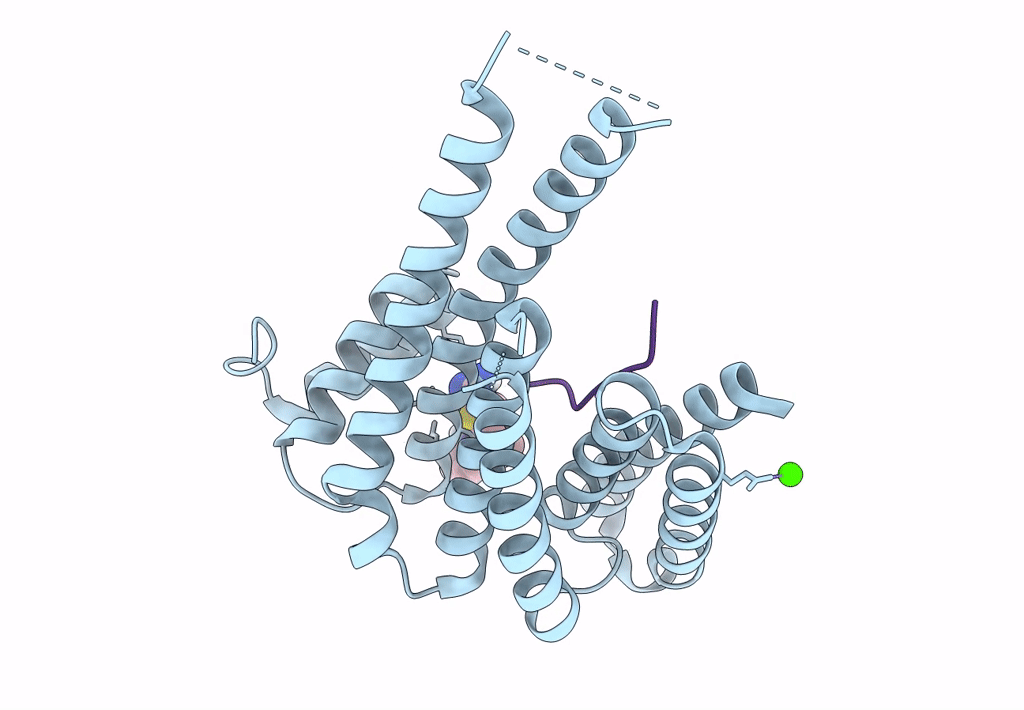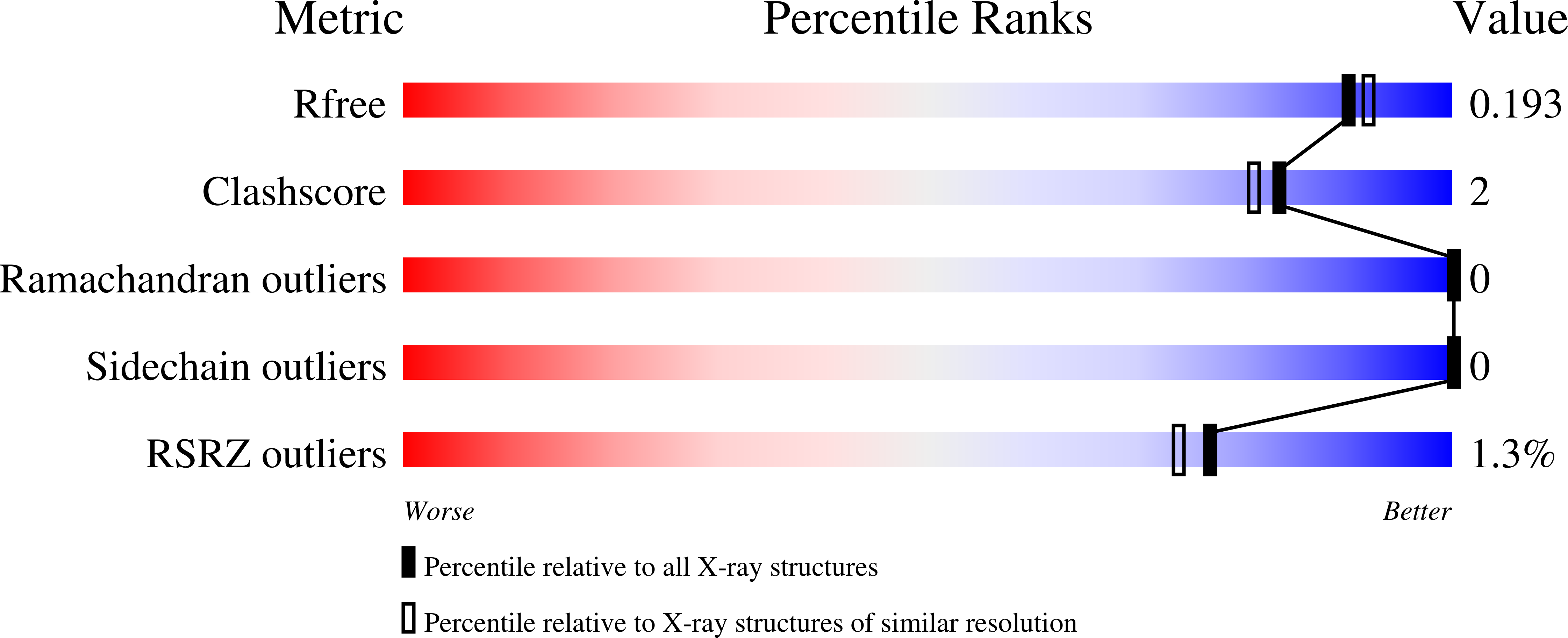
Deposition Date
2021-02-24
Release Date
2022-01-12
Last Version Date
2024-11-06
Entry Detail
PDB ID:
7NN2
Keywords:
Title:
Crystal structure of 14-3-3 sigma in complex with 13mer Amot-p130 peptide and fragment 41
Biological Source:
Source Organism:
Homo sapiens (Taxon ID: 9606)
Host Organism:
Method Details:
Experimental Method:
Resolution:
1.80 Å
R-Value Free:
0.19
R-Value Work:
0.14
R-Value Observed:
0.14
Space Group:
C 2 2 21


